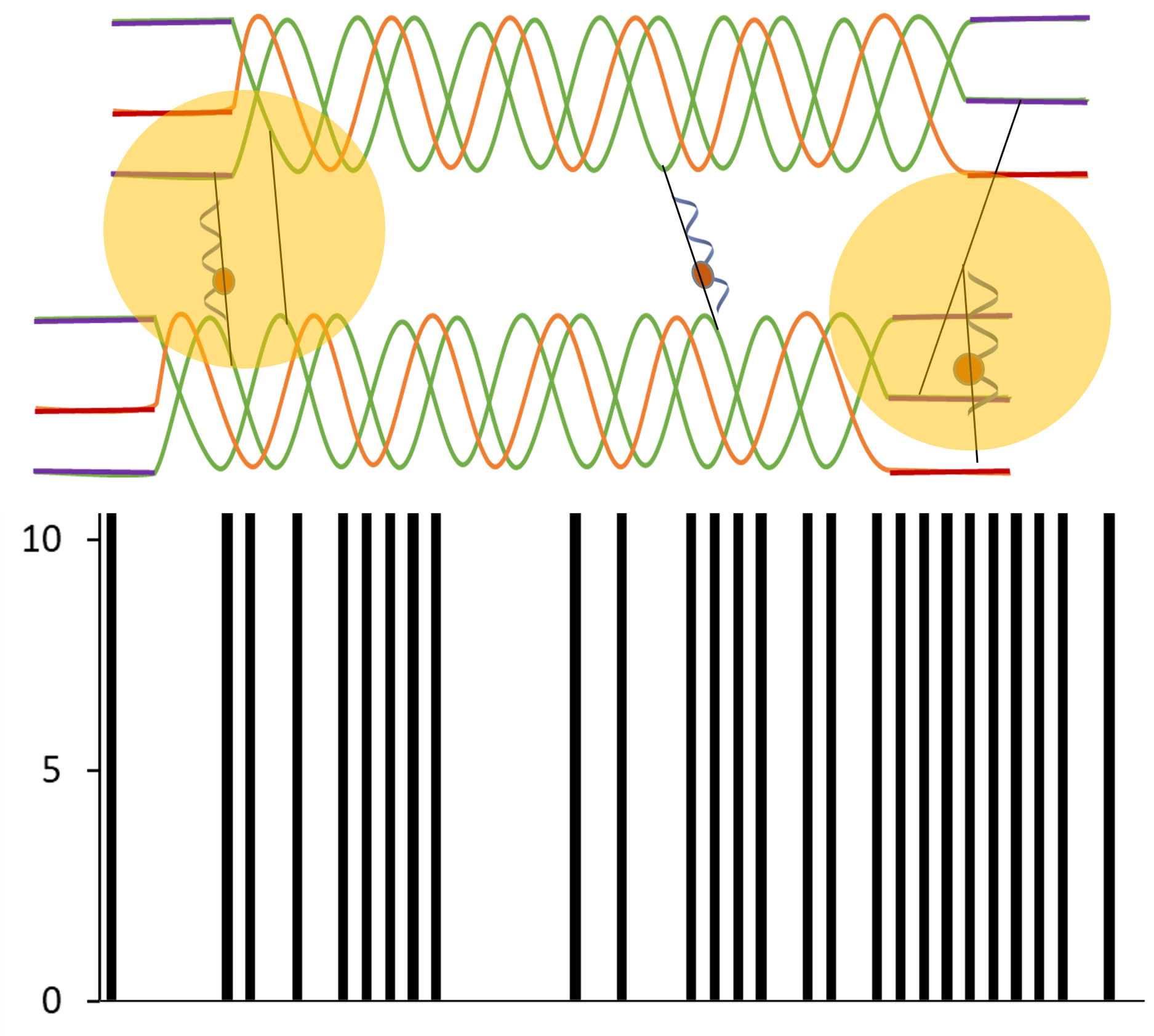Volume 18, Issue 2
Displaying 1-5 of 5 articles from this issue
- |<
- <
- 1
- >
- >|
Papers
-
2023Volume 18Issue 2 Pages 22-00173
Published: 2023
Released on J-STAGE: May 09, 2023
Advance online publication: December 14, 2022Download PDF (1355K) -
2023Volume 18Issue 2 Pages 22-00305
Published: 2023
Released on J-STAGE: May 09, 2023
Advance online publication: January 06, 2023Download PDF (2398K) -
2023Volume 18Issue 2 Pages 22-00471
Published: 2023
Released on J-STAGE: May 09, 2023
Advance online publication: February 24, 2023Download PDF (5347K) -
 2023Volume 18Issue 2 Pages 23-00035
2023Volume 18Issue 2 Pages 23-00035
Published: 2023
Released on J-STAGE: May 09, 2023
Advance online publication: March 25, 2023 -
2023Volume 18Issue 2 Pages 22-00379
Published: 2023
Released on J-STAGE: May 09, 2023
Advance online publication: April 09, 2023Download PDF (1507K)
- |<
- <
- 1
- >
- >|





